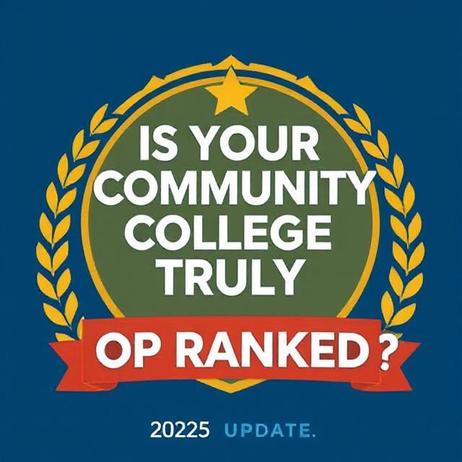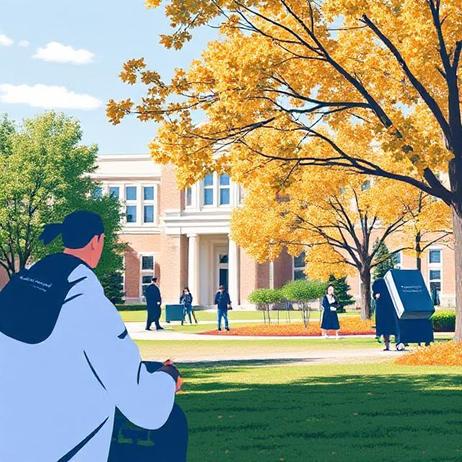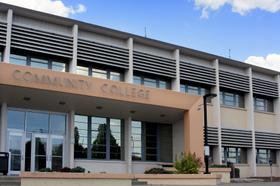Is Your Community College Truly Top Ranked? (2025 Update)
In 2025, the question “Is your community college top ranked?” carries new weight. The metrics that define a standout two-year institution have evolved—and so should the way students, families, and educators evaluate them. In this updated version of Is Your Community College Top Ranked?, we revisit the structure and logic of the original, infusing it with up-to-date data, policy shifts, and case studies. Our aim: help you assess whether a community college is truly among the best—and whether that ranking matters for your goals.
Why Rankings Still Matter (But Only if You Know Which Ones to Use)
Originally, many observers pointed to Washington Monthly’s rankings of community colleges as a high-visibility benchmark. That publication, using data including the Community College Survey of Student Engagement (CCSSE), remains influential. But in 2025, it competes with a wider array of rankings and accountability tools.
Today, the Aspen Prize for Community College Excellence stands out as a gold standard of peer-reviewed recognition. In October 2023, the Aspen Institute announced 150 institutions eligible for the 2025 Prize, based on improvements in retention, completion, transfer, and equity of outcomes. Achieving finalist status in the Aspen competition is often viewed by prospective students as a strong signal of institutional effectiveness.
Still, no ranking is perfect. Many colleges resist comparisons based solely on rankings. As the CCSSE has long warned, quantitative ranking systems can obscure






















